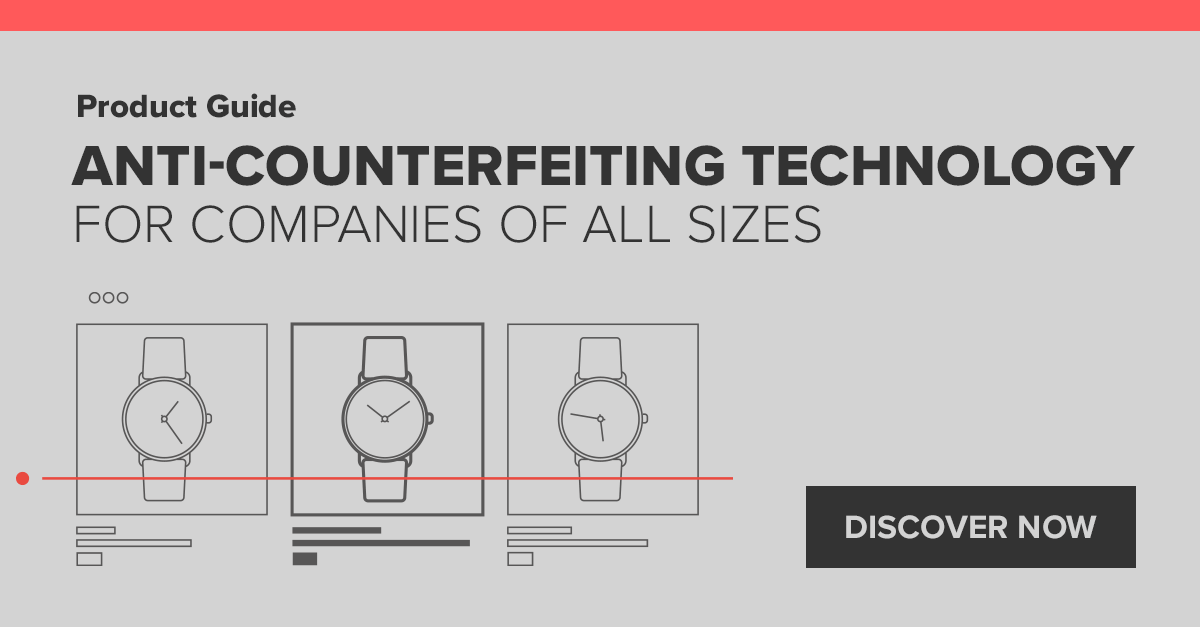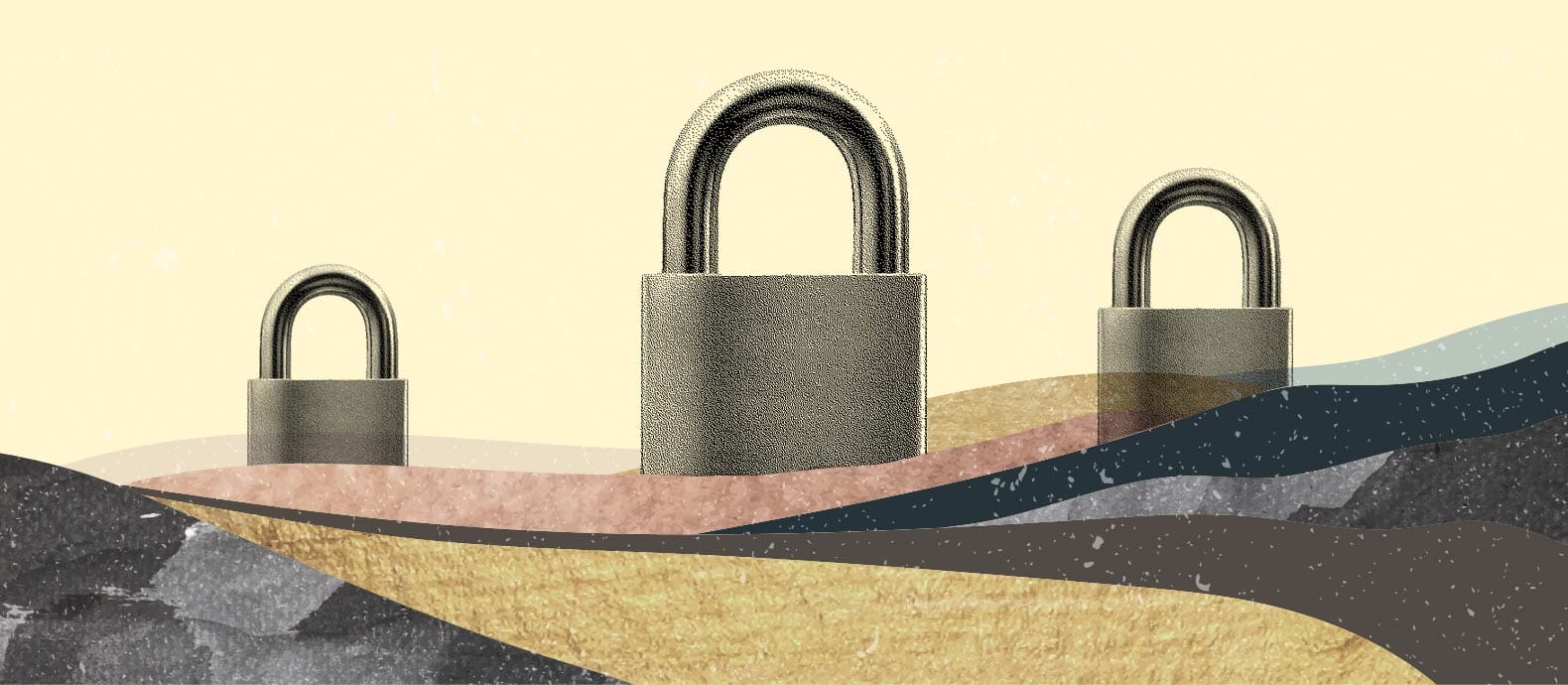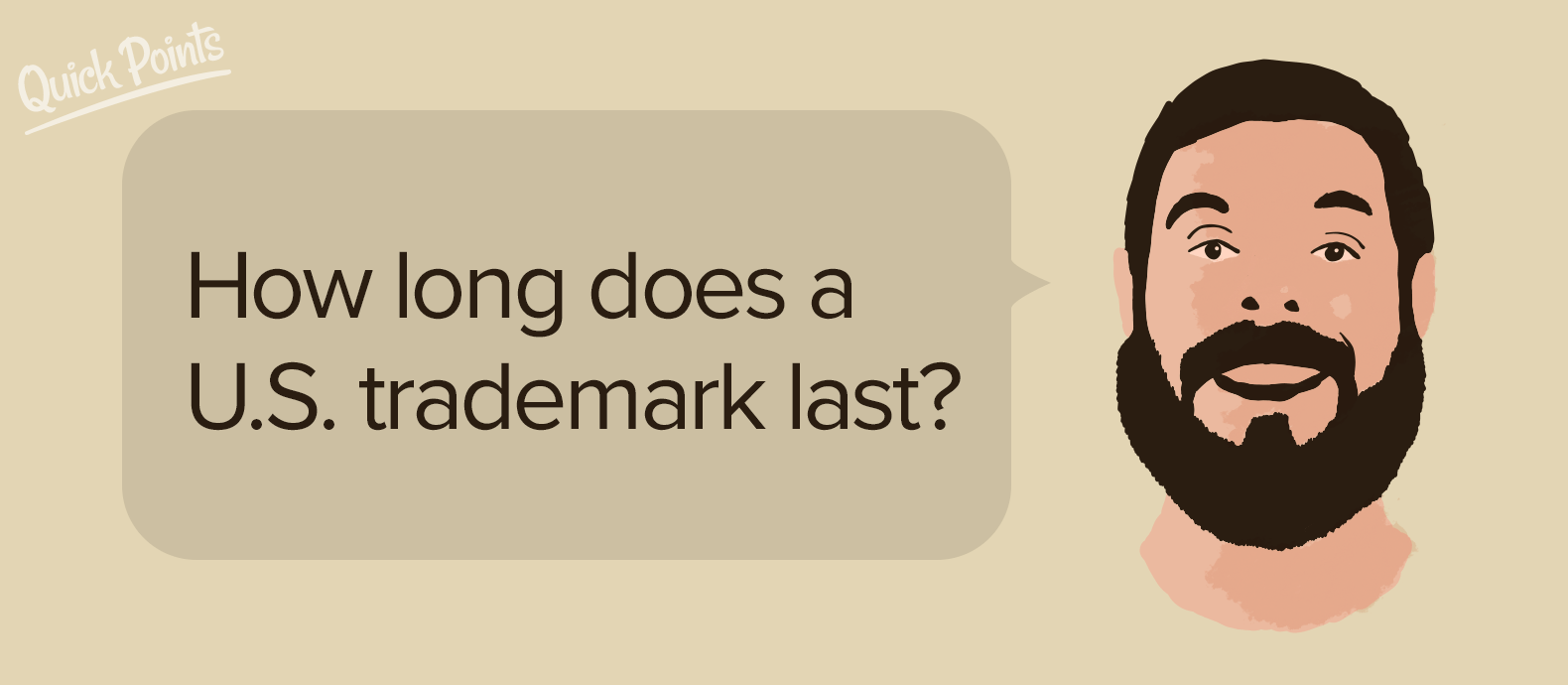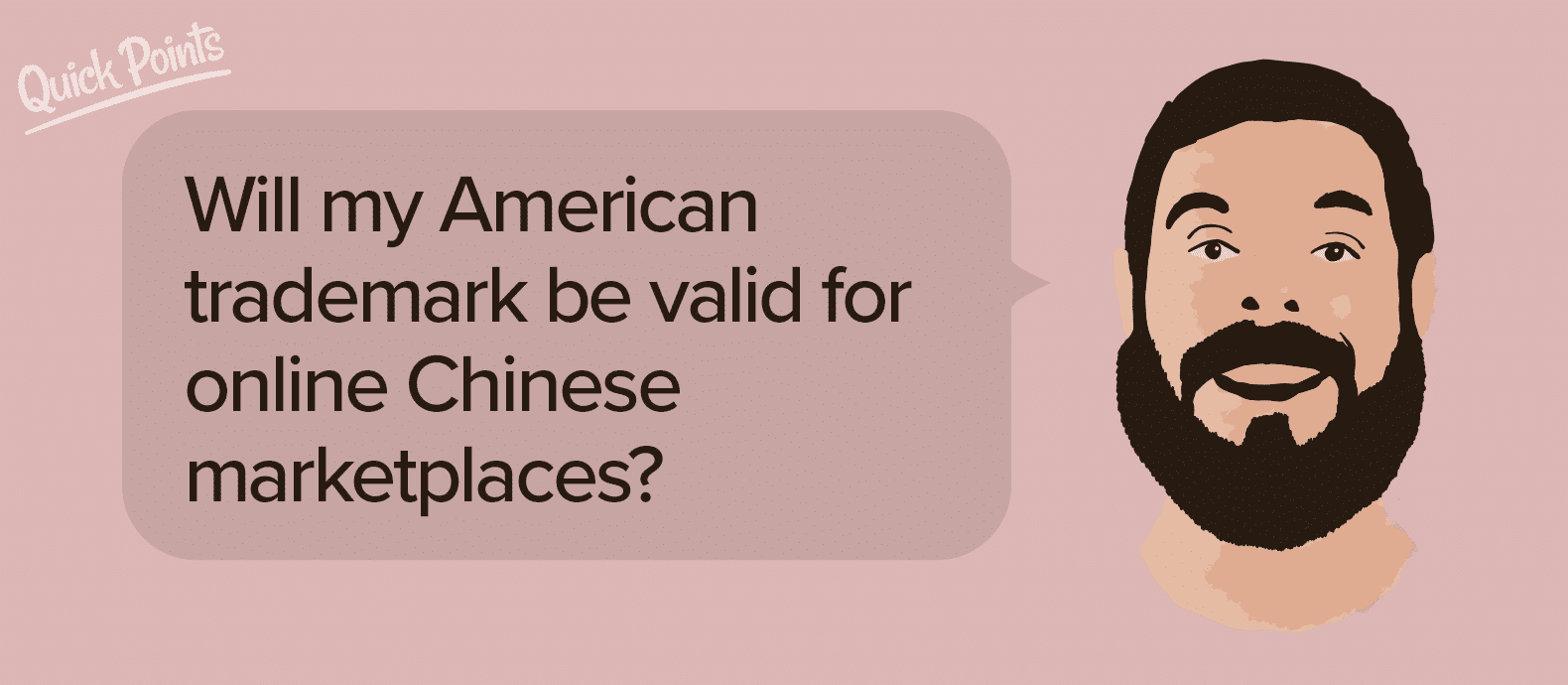Since ecommerce began in the 1990s, people have fallen more and more in love with buying things online. The downside is that really anyone could be behind the listing, and the customer could end up receiving a fake that breaks down or poses a health hazard. The Shop Safe Act of 2020 aims to reduce some of that risk.
At the core of the bill is the health and safety of consumers. Its authors acknowledge that shutting down counterfeits is like playing whack-a-mole, and there really isn’t any recourse for brands or consumers when a counterfeiter slips back into digital anonymity.
The bill would do two main things: establish incentives for ecommerce platforms to vet third-party sellers better, and hold ecommerce platforms liable for allowing counterfeits that pose a health hazard to be sold.
Summary:
- The bipartisan bill was introduced on March 2, 2020
- Online marketplaces could be held liable for injury and damages suffered from fake products
- Marketplaces that take steps to reduce counterfeit products can avoid liability
What is the Shop Safe Act?
The Shop Safe Act is a bipartisan bill that was introduced in the House of Representatives on March 2, 2020. Officially, it’s called the Stopping Harmful Offers on Platforms by Screening Against Fakes in Ecommerce Act. Here’s who introduced the bill:
- Jerrold Nadler (D-NY), Chairman of the House Judiciary Committee
- Doug Collins (R-GA), Ranking Member of the House Judiciary Committee
- Hank Johnson (D-GA), Chairman of the Subcommittee on Courts, Intellectual Property and the Internet
- Martha Roby (R-AL), Ranking Member of the Subcommittee on Courts, Intellectual Property and the Internet
Rep. Collins had this to say about the bill:
“Consumer lives are at risk because of dangerous counterfeit products that are flooding the online marketplace. Congress must create accountability to prevent these hazardous items from infiltrating the homes of millions of Americans. The Shop Safe Act would make families safer by requiring online sellers to help prevent the sale of counterfeit products to consumers.”
At this point in time, the bill has not moved any further along in the process. Skopos Labs predicted the bill has a 3% chance of being enacted into law. However, the current situation with the COVID-19 pandemic may change that. We’ve found through our research that many brands have seen an increase in cybercrime and counterfeiting since the pandemic began. Reports like this could put more pressure on lawmakers to tighten up defenses against counterfeiting and encourage them to pass the bill.
What would it do?
The Shop Safe Act would amend the Trademark Act of 1946 to give certain ecommerce platforms contributory liability when counterfeits are sold. Liability would apply for counterfeit products that pose a health risk. If products like these are sold, the rightsholder or customer could hold the ecommerce platform liable for allowing the counterfeit.
Ecommerce platforms would not be held liable if the third-party seller in question is available to be served a lawsuit in the U.S., or if the platform met these 10 requirements before the counterfeit was sold:
- Verified identity, place of business, and contact information of third-party seller against governmental and other reliable sources
- Required the third-party seller to verify the authenticity of its products
- Required as a condition of using the platform that sellers agree not to use counterfeit marks and to consent to the jurisdiction of U.S. courts in any claims related to selling on the platform
- Conspicuously displayed the seller’s place of business, contact information, and identity along with manufacture location and shipping origin of the goods
- Required sellers to use accurate images that they own or have permission to use to advertise products
- Implemented technological means for screening out counterfeits before they are listed publicly
- Created a program to quickly remove any counterfeit listings
- Banned any seller that has sold counterfeits over three times
- Created a system to screen new sellers so previously banned sellers do not re-register even under other names
- Provided verification information in Clause 1 to relevant law enforcement and to the registrant if requested
Some of these requirements have already been enacted by platforms like Amazon. Others may require significant investment, like creating technological means for screening for counterfeits.
When would it apply?
Crucially, ecommerce platforms would only be liable if the counterfeit posed a health risk. The bill defines these goods as leading to “illness, disease, injury, serious adverse event, allergic reaction, or death if produced without compliance with all applicable Federal, State, and local health and safety regulations and industry-designated testing, safety, quality, certification, manufacturing, packaging, and labeling standards.”
Baby products, pharmaceuticals, auto parts, cosmetics, and chargers are examples of products that could lead to injury if they were fake and didn’t meet regulations. However, there are many products that can be counterfeit without posing much of a health risk. T-shirts, shoes, watches, and headphones are just a few that come to mind.
Even with the lengthy definition above, defining what could pose a health risk is a tricky task. What if a pair of sneakers fell apart as a customer was walking, which then led to a head injury? Would that customer or the official brand have any recourse against the ecommerce platform? Almost any item could pose some level of risk if it was made in a poor enough fashion. At this point, these questions are unanswered.
Implications for brands
If the bill were to become law, it could give some brands ammunition against ecommerce platforms for allowing the sale of counterfeits. However, this would only apply in situations where the health and safety of customers were on the line. Products that don’t ordinarily pose a health risk if made incorrectly won’t receive the same kind of attention from commerce platforms.
Beyond that, ecommerce platforms would be incentivized to tighten up their vetting process and get rid of counterfeiters quickly. Instead of it being all on the brand to do a trademark monitoring, the platform would grab a hammer and play, too. This could bring the overall number of counterfeiters down over time.






